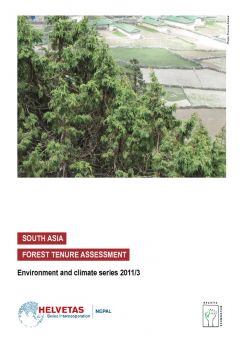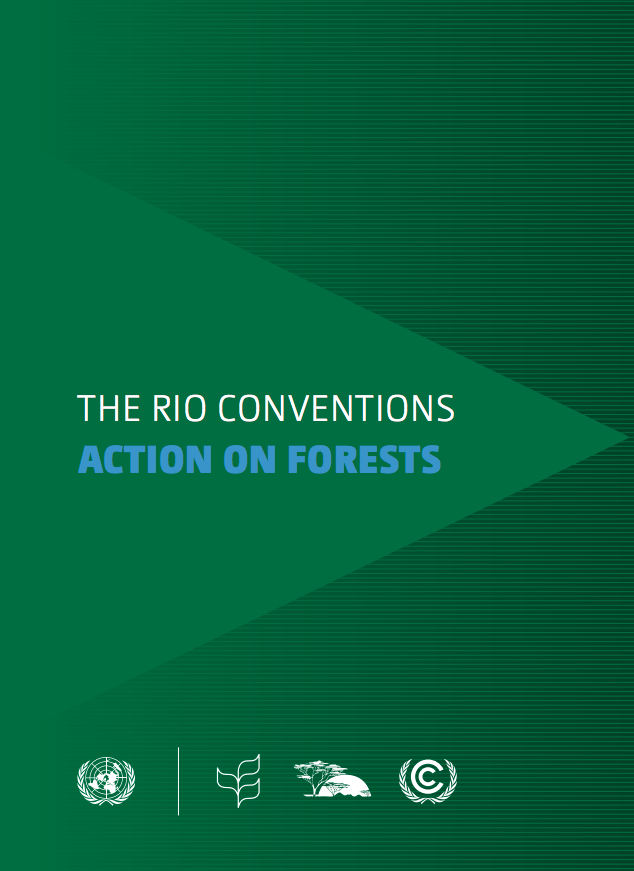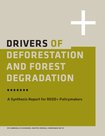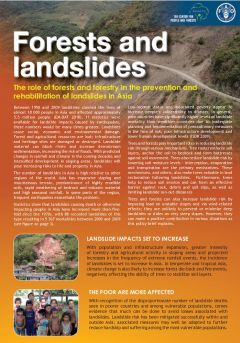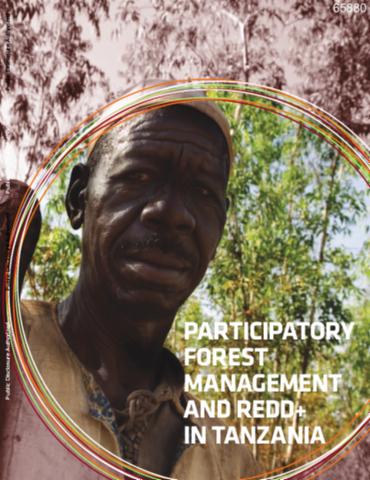Vietnam - Aligning Public Spending with Strategic Priorities in the Forestry Sector
Vietnam's forests remain dependent
on public resources, including international development
assistance, for the delivery of public and private services
that include timber production, state forest management,
forest protection and biodiversity conservation, and
extension and research. Public subsidies are also provided
to smallholder forest owners to stimulate investments into
the sector. For the Government it is important to


